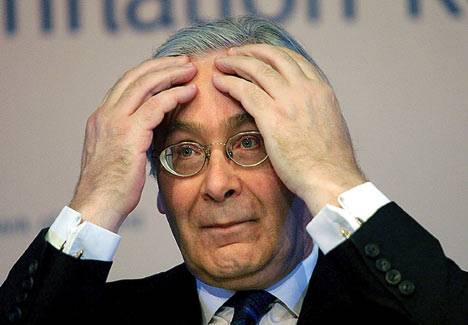Stimulus packages and quantitative easing are the buzzwords when it comes to turning an economy around - and are options that most governments have considered at some point or another.

These are both unconventional economic practices that can sometimes help stimulate growth in a stagnant or depreciating economy.
Quantitative easing (or QE) is essentially when the government's central bank buys up assets from commercial banks and other private financial institutions in order to fix inflation rates at a specific level.
This usual comes into place when the buying of short-term government bonds can no longer reduce inflation rates.
A "stimulus package" is a broad Keynesian economic term that refers to government spending intended to pump more money into an economy, with the intent of creating more jobs and encouraging private sector spending to get the cogs of a stalled economy turning again.
Ever since the financial crisis first started biting way back in 2008, these terms have been bandied about in the media and by central bank governors on a regular basis.
Drastic times call for drastic measures and, in terms of fiscal policy, that's usually what's needed to get an economy going again!